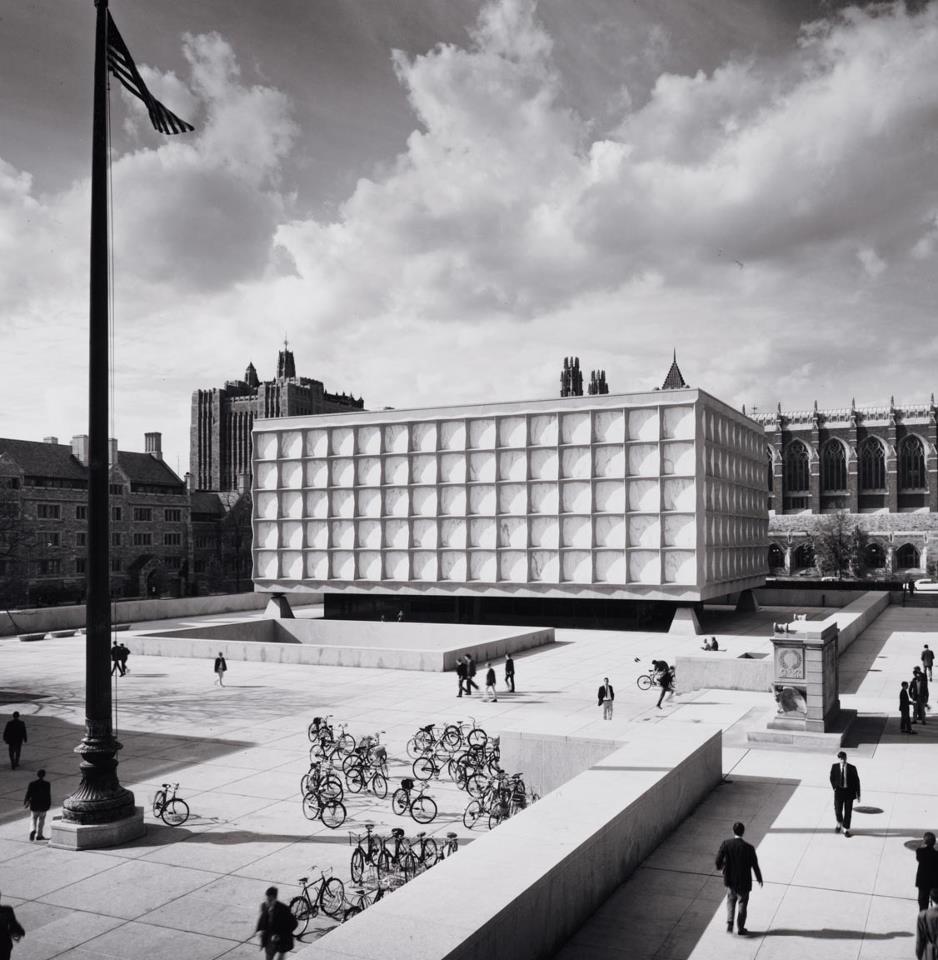From Bojangles to Broadway

Over 20 vintage photographs and related ephemera, now on display at the Beinecke Library, document the rise of African American entertainers on the American stage. “From Bojangles to Broadway” traces the history of black musical entertainers from the minstrel shows of the late nineteenth century through musicals such as Porgy and Bess. The exhibition will continue until March 26.
Early minstrel shows, which employed white entertainers in blackface, purveyed gross stereotypes of the “shuffling, irresponsible Negro,” and even when black performers began to make their appearance in the shows of the 1870s, the stereotypes remained unchanged. By the turn of the century, minstrelsy was superseded by vaudeville, and here many well-known black artists, among them Bessie Smith, Ethel Waters, and Bill “Bojangles” Robinson, got their start. While vaudeville in turn fell from favor, the traditions of both minstrelsy and vaudeville passed on into the American musical theater, through such pioneers as the song writers Bob Cole, James Weldon Johnson, and John Rosamond Johnson, and through the surprise hit of 1921, the all black production of Shuffle Along by the vaudeville team Eubie Black and Noble Sissle.
Among the exhibited items are early photographs of minstrelsy performers, several studio portraits by Carl Van Vechten (Ethel Waters, Bessie Smith, “Bojangles” Robinson, John W. Bubbles); photographs of black vaudeville performers of the 1890s through the 1920s (including costumes ranging from formal evening dress to the clown suits of “That Clever Classy Captivating Couple Mack and Mack”), and publicity photographs from Shuffle Along and the 1935 Theater Guild production of Porgy and Bess.
The exhibit was arranged by Micaela Blei, a Yale College junior who works as curatorial assistant in the Yale Collection of American Literature at Beinecke. “This is by no means a comprehensive look at black musical theater,” says Blei, “but a look at the evolution of what black performers were allowed to do, and in turn demanded to do, onstage.”